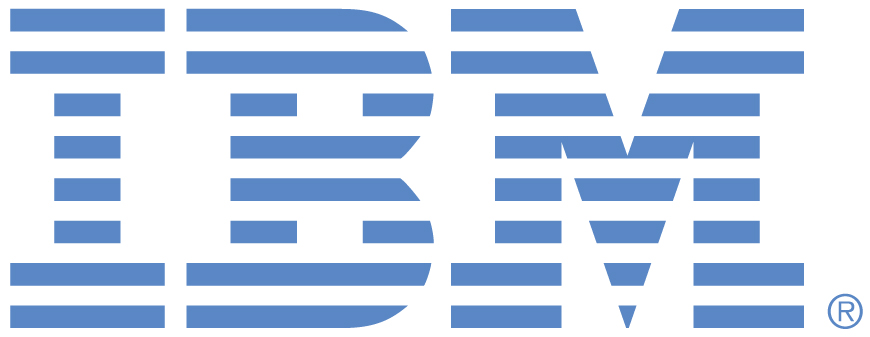NIST SPECIAL PUBLICATION 1800-34A
Validating the Integrity of Computing Devices
Volume A:
Executive Summary
Jon Boyens
Tyler Diamond*
Nakia Grayson
Celia Paulsen
William T. Polk
Andrew Regenscheid
Murugiah Souppaya
National Institute of Standards and Technology
Information Technology Laboratory
Karen Scarfone
Scarfone Cybersecurity
Clifton, Virginia
* Former employee; all work for this publication was done while at employer
December 2022
FINAL
This publication is available free of charge from https://doi.org/10.6028/NIST.SP.1800-34

Executive Summary¶
The supply chains of information and communications technologies are increasingly at risk of compromise. Additional risks causing supply chain disruptions include counterfeiting, unauthorized production, tampering, theft, and insertion of unexpected software and hardware. Managing these risks requires ensuring the integrity of the supply chain and its products and services. This project demonstrates how organizations can verify that the internal components and system firmware of the computing devices they acquire are genuine and have not been unexpectedly altered during manufacturing, distribution, or operational use.
Challenge¶
Technologies today rely on complex, globally distributed and interconnected supply chain ecosystems to provide highly refined, cost-effective, and reusable solutions. Most organizations’ security processes consider only the visible state of computing devices. The provenance and integrity of a delivered device and its components are typically accepted without validating through technology that there were no unexpected modifications. A delivered device has integrity if it is genuine and all changes to the device were authorized and expected. Provenance is the comprehensive history of a device throughout the entire life cycle from creation to ownership, including changes made within the device or its components. Assuming without verification that all acquired computing devices are genuine and unmodified increases the risk that a compromise will affect products in an organization’s supply chain and go unnoticed at the time, which in turn increases risks to customers and end users.
Organizations currently lack the ability to cost effectively distinguish trustworthy products from others, meaning they are genuine and have not been inappropriately altered. Having this ability is a critical foundation of cyber supply chain risk management (C-SCRM). C-SCRM is the process of identifying, assessing, and mitigating risks associated with the distributed and interconnected nature of supply chains. C-SCRM presents challenges to many industries and sectors, requiring a coordinated set of technical and procedural controls to mitigate risks throughout the design, manufacturing, acquisition, provisioning, operations, and decommissioning stages of a product’s life.
This practice guide can help your organization: |
|---|
|
Solution¶
To address these challenges, the NCCoE collaborated with technology vendors to develop a prototype implementation in harmony with the National Initiative for Improving Cybersecurity in Supply Chains (NIICS), which emphasizes tools, technologies, and guidance focused on the developers and providers of technology. NIICS’ mission is to help organizations build, evaluate, and assess the cybersecurity of products and services in their supply chains. This project aligns with that mission by demonstrating how organizations can verify that the internal components of the computing devices they acquire are genuine and have not been tampered with. This prototype relies on device vendors storing information within each device and organizations using a combination of commercial off-the-shelf and open-source tools that work together to validate the stored information. By doing this, organizations can reduce the risk of compromise to products within their supply chains.
In this approach, device vendors create an artifact within each device that securely binds the device’s attributes to the device’s identity. The customer who acquires the device can validate the artifact’s source and authenticity, then check the attributes stored in the artifact against the device’s actual attributes to ensure they match. A similar process can be used to periodically verify the integrity of computing devices while they are in use.
The authoritative source of information regarding the provenance and integrity of the components provides a strong basis for trust in a computing device. Hardware roots of trust are the foundation upon which the computing system’s trust model is built, forming the basis in hardware for providing one or more security-specific functions for the system. Incorporating hardware roots of trust into acquisition and lifecycle management processes enables organizations to achieve better visibility into supply chain attacks and to detect advanced persistent threats and other attacks. By leveraging hardware roots of trust capabilities as a computing device traverses the supply chain, we can maintain trust in the computing device throughout its operational lifecycle.
This project addresses several processes, including:
how to create verifiable descriptions of components and platforms, which may be done by original equipment manufacturers (OEMs), platform integrators, and even information technology (IT) departments;
how to verify devices and components within the single transaction between an OEM and a customer; and
how to verify devices and components at subsequent stages in the system lifecycle in the operational environment.
This project also demonstrates how to inspect the verification processes themselves.
The following is a list of the project’s collaborators.
Collaborator |
Security Capability or Component |
|---|---|
Integrated Risk Management Platform, Incident Management, Integrating Data from Asset Discovery and Management and Security Information and Event Management (SIEM) Systems |
|
Manufacturer, Platform Integrity Validation System |
|
Platform Integrity Validation System |
|
Manufacturer, Platform Integrity Validation System |
|
Manufacturer, Platform Integrity Validation System |
|
Security Information and Event Management |
|
Manufacturer, Platform Integrity Validation System |
|
Certificate Authority, Platform Integrity Validation System |
|
Manufacturer, Platform Integrity Validation System |
While the NCCoE used a suite of commercial products to address this challenge, this guide does not endorse these particular products, nor does it guarantee compliance with any regulatory initiatives. Your organization’s information security experts should identify the products that will best integrate with your existing tools and IT system infrastructure. Your organization can adopt this solution or one that adheres to these guidelines in whole, or you can use this guide as a starting point for tailoring and implementing parts of a solution.
How to Use This Guide¶
Depending on your role in your organization, you might use this guide in different ways:
Business decision makers, including chief information security and technology officers can use this part of the guide, NIST SP 1800-34a: Executive Summary, to understand the drivers for the guide, the cybersecurity challenge we address, our approach to solving this challenge, and how the solution could benefit your organization.
Technology, security, and privacy program managers who are concerned with how to identify, understand, assess, and mitigate risk can use NIST SP 1800-34b: Approach, Architecture, and Security Characteristics. It describes what we built and why, including the risk analysis performed and the security/privacy control mappings.
IT professionals who want to implement an approach like this can make use of NIST SP 1800-34c: How-To Guides. It provides specific product installation, configuration, and integration instructions for building the example implementation, allowing you to replicate all or parts of this project.
Collaborators¶
Collaborators participating in this project submitted their capabilities in response to an open call in the Federal Register for all sources of relevant security capabilities from academia and industry (vendors and integrators). Those respondents with relevant capabilities or product components signed a Cooperative Research and Development Agreement (CRADA) to collaborate with NIST in a consortium to build this example solution.
Certain commercial entities, equipment, products, or materials may be identified by name or company logo or other insignia in order to acknowledge their participation in this collaboration or to describe an experimental procedure or concept adequately. Such identification is not intended to imply special status or relationship with NIST or recommendation or endorsement by NIST or NCCoE; neither is it intended to imply that the entities, equipment, products, or materials are necessarily the best available for the purpose.








